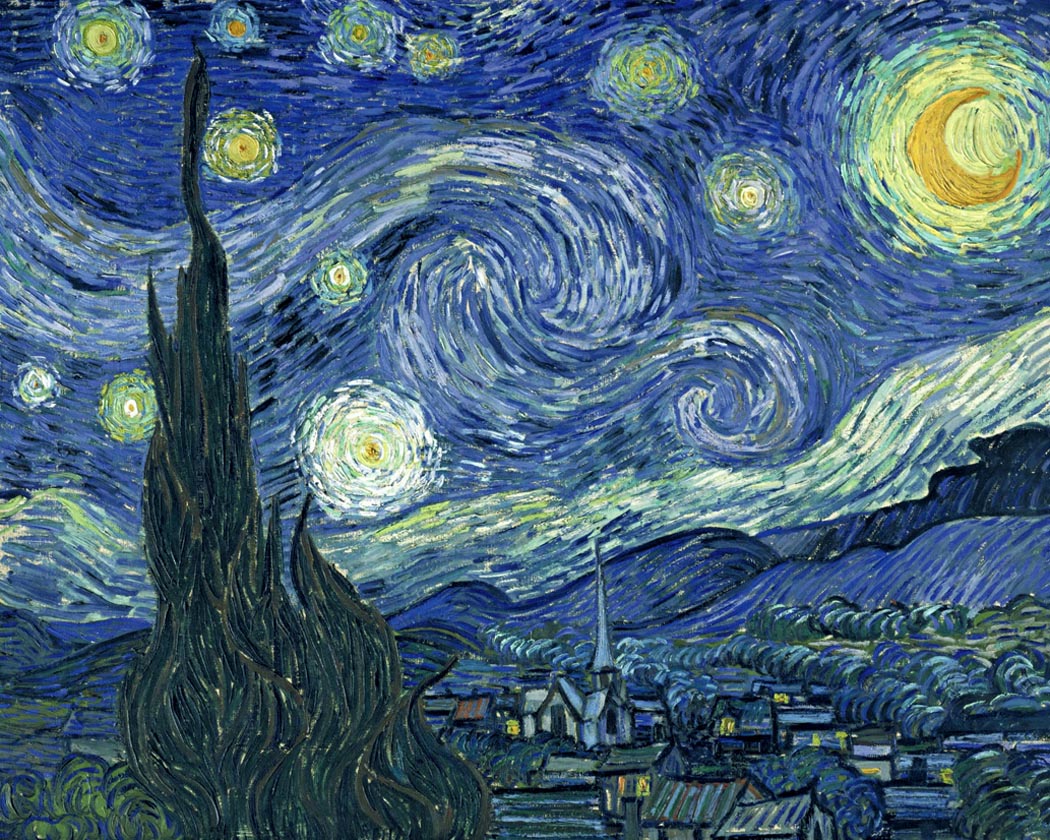
• Depictions of the real world that are rendered with visible strokes/marks
Mark making woven into a representational painting/drawing can capture the artist's emotional reaction to the depicted subject. The marks serve as a reminder to the viewer that a living human spent time observing and responding to the subject shown in the piece – that this painting/drawing is not merely a photographic snapshot or mechanical reproduction.
One might choose to push representation in this direction because of a strong emotional reaction to the characters or objects being rendered, or this approach might be used to express the strong emotions being felt by the characters themselves.
Expressive strokes can maintain a liveliness and help to move the eye across the rendered forms and create a flow of energy. The direction of the strokes can help to indicate three-dimensional shapes. Each stroke can strike a balance between emotional expression and the depiction of reality. Some strokes might go against the true indication of what the artist is objectively seeing, while other strokes serve to show the scene.
A painting/drawing might be done all in one session, alla prima, and the balance between depiction and movement can evoke the spontaneous and energetic experience of working this way... a moment is captured, and we sense the artist responding to the subject, in time.
In works that strongly emphasize emotional expression more so than the depiction of a scene, the artist can convey an overwhelming feeling that dominates and nearly replaces the experience of objective reality. Particularly emotional artists might have periods in which any attempt at representation inevitably leads to this way of seeing... the emotions override the sense perceptions and only a minimal indication of the physical world can be managed. Or, in a painting/drawing that is meant to primarily emphasize expressive action, an artist might choose to ground the viewer with a hint at reality... the eye follows the dance of the brush and the movement of colors but repeatedly finds a connection to reality, so the viewer is not lost entirely in the emotions.
Featured: The Starry Night by Vincent Van Gogh.